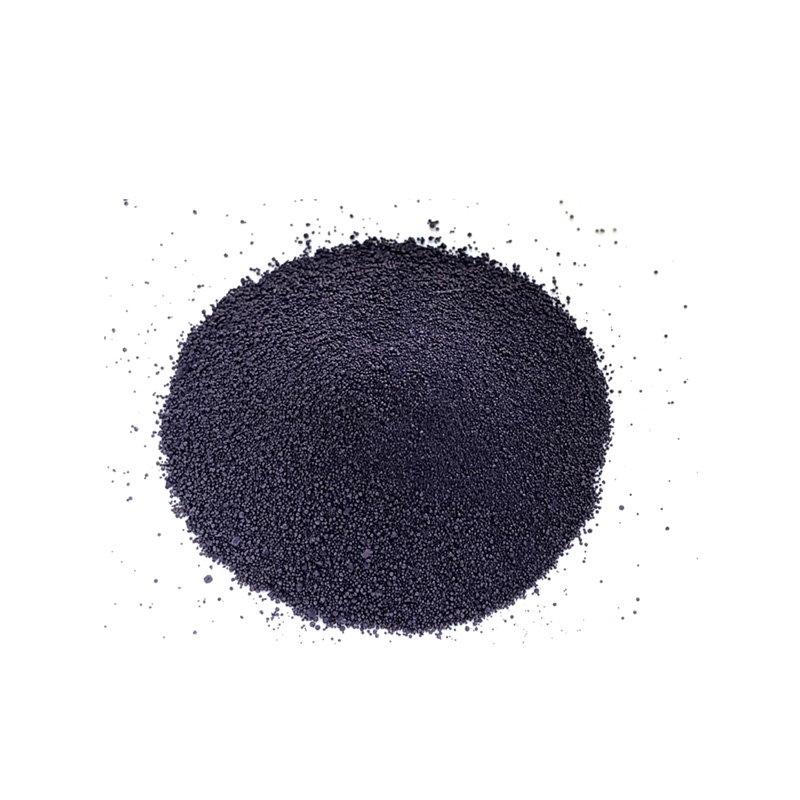Creating Natural Indigo Dye from Plant Sources and Traditional Techniques
The Art and Science of Making Indigo Dye
Indigo dye, known for its deep blue hue and historical significance, has captivated artisans, fashion designers, and enthusiasts for centuries. This dye is derived from the leaves of the indigo plant, predominantly from the genus *Indigofera*, and it has played a crucial role in numerous cultures around the world. The art of making indigo dye combines both traditional techniques and modern innovations, allowing us to appreciate this beautiful dye while understanding its cultural and economic implications.
History of Indigo Dye
The use of indigo dye dates back to ancient civilizations. It is one of the oldest dyes known to humanity, with records of its use found in regions like ancient Egypt, India, and South America. Its popularity grew due to the vibrant shade of blue it produced and its ability to withstand fading over time, making it ideal for textiles used in clothing and decoration.
In India, indigo dyeing has a long and intricate history. The tradition is deeply interwoven with the country's cultural identity, as artisans have refined their techniques over generations. The process of extracting the dye from indigo leaves requires both artistry and scientific knowledge, making it a revered skill.
The Process of Making Indigo Dye
Making indigo dye is a multifaceted process that involves several key steps
1. Cultivation and Harvesting The first stage begins with cultivating the indigo plant. *Indigofera tinctoria* is the most common species used for dye production. Once the plants mature, the leaves are harvested, typically in the early morning when the chlorophyll content is high.
2. Fermentation The harvested leaves are then soaked in water to initiate the fermentation process. This step is crucial as it breaks down the plant's cell walls and releases the indigo dye contained within. After a period of fermentation, the water takes on a greenish hue, indicating that the dye precursors are ready for extraction.
making indigo dye

3. Extraction and Precipitation The fermented liquid is then strained to remove the solid parts of the leaves. The next step involves adding lime or ash, which raises the pH and causes the dissolved indigo to precipitate out of the liquid. This results in a blue-indigo sludge.
4. Drying and Processing The precipitated dye is collected and dried. Once dried, it can be ground into a powder or compressed into cakes, making it easier to store and transport. This form of indigo can then be used in subsequent dyeing processes.
5. Dyeing Textiles The dyeing process requires creating a vat rich in indigo dye, which is usually done by dissolving the powdered dye in a solution with a reducing agent like sodium hydrosulfite. Fabric is then dipped into this vat. When the fabric is removed and exposed to air, the dye oxidizes and turns a vibrant blue.
Cultural Significance and Modern Applications
Indigo dye has transcended its utilitarian roots to become a significant cultural symbol. In various cultures, it is associated with craftsmanship, tradition, and artistic expression. For instance, in Japan, the indigo dyeing technique known as shibori (tie-dye) creates intricate patterns on textiles, showcasing the artistry involved in the process.
Today, indigo dye is experiencing a resurgence in popularity, especially as consumers become more conscious of sustainable practices in fashion and textiles. The organic and natural qualities of indigo make it an attractive alternative to synthetic dyes. Many contemporary designers are embracing indigo in their collections, creating a bridge between traditional techniques and modern aesthetics.
Conclusion
The process of making indigo dye is a beautiful fusion of nature, culture, and science. It connects us to our history and showcases the incredible craftsmanship of artisans worldwide. As the interest in sustainable and natural dyes grows, indigo stands at the forefront, offering a vibrant and meaningful way to create art through fabric. Whether it's traditional garments or innovative textile designs, indigo dye will continue to inspire and delight for generations to come.
-
The Uses Of Indigo Dyeing Cotton Yarn Dye
NewsAug.29,2025
-
The Dye Performance Of Bromo Indigo Blue
NewsAug.29,2025
-
Sulphur Black Dyes Enhance Color Fastness
NewsAug.29,2025
-
Indigo Blue Powder's Chemistry Intrigues
NewsAug.29,2025
-
Leading Light Indigo Color Company | Premium Dyes & Pigments
NewsAug.29,2025
-
Denim Indigo Dye Supports Sustainable Fashion
NewsAug.28,2025
-
Black Sulfur Elevates Material Durability
NewsAug.28,2025

Sulphur Black
1.Name: sulphur black; Sulfur Black; Sulphur Black 1;
2.Structure formula:
3.Molecule formula: C6H4N2O5
4.CAS No.: 1326-82-5
5.HS code: 32041911
6.Product specification:Appearance:black phosphorus flakes; black liquid

Bromo Indigo; Vat Bromo-Indigo; C.I.Vat Blue 5
1.Name: Bromo indigo; Vat bromo-indigo; C.I.Vat blue 5;
2.Structure formula:
3.Molecule formula: C16H6Br4N2O2
4.CAS No.: 2475-31-2
5.HS code: 3204151000 6.Major usage and instruction: Be mainly used to dye cotton fabrics.

Indigo Blue Vat Blue
1.Name: indigo blue,vat blue 1,
2.Structure formula:
3.Molecule formula: C16H10N2O2
4.. CAS No.: 482-89-3
5.Molecule weight: 262.62
6.HS code: 3204151000
7.Major usage and instruction: Be mainly used to dye cotton fabrics.

